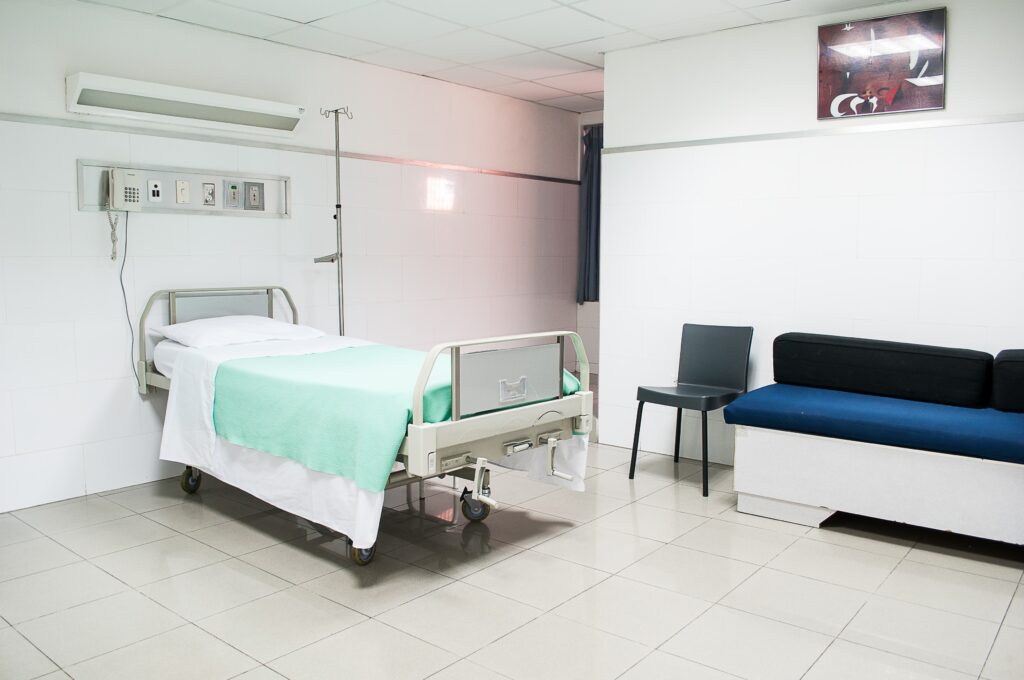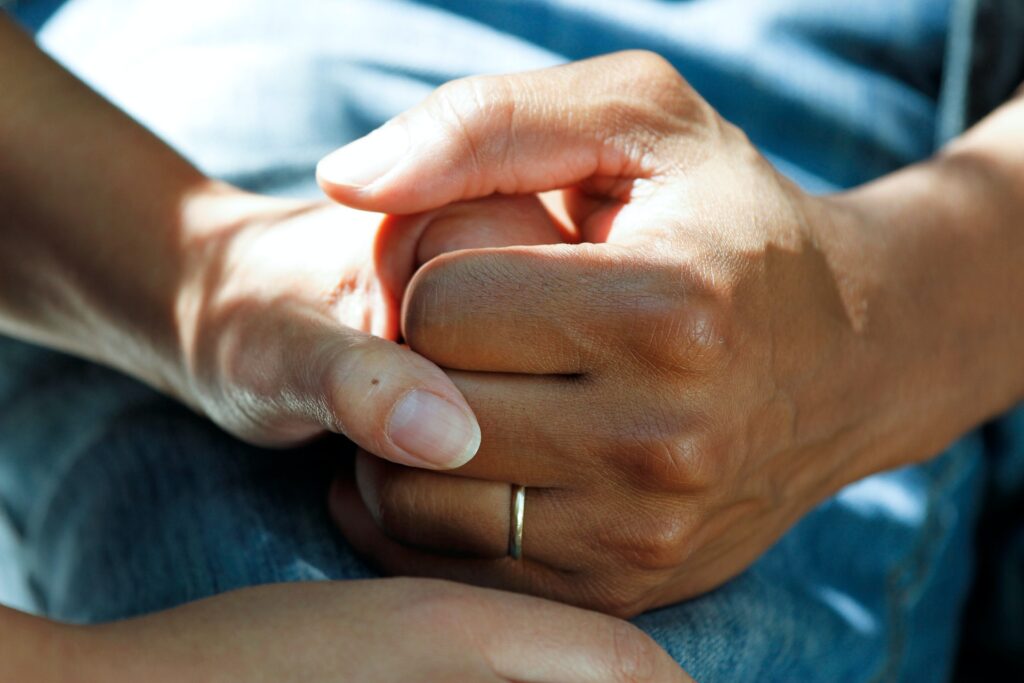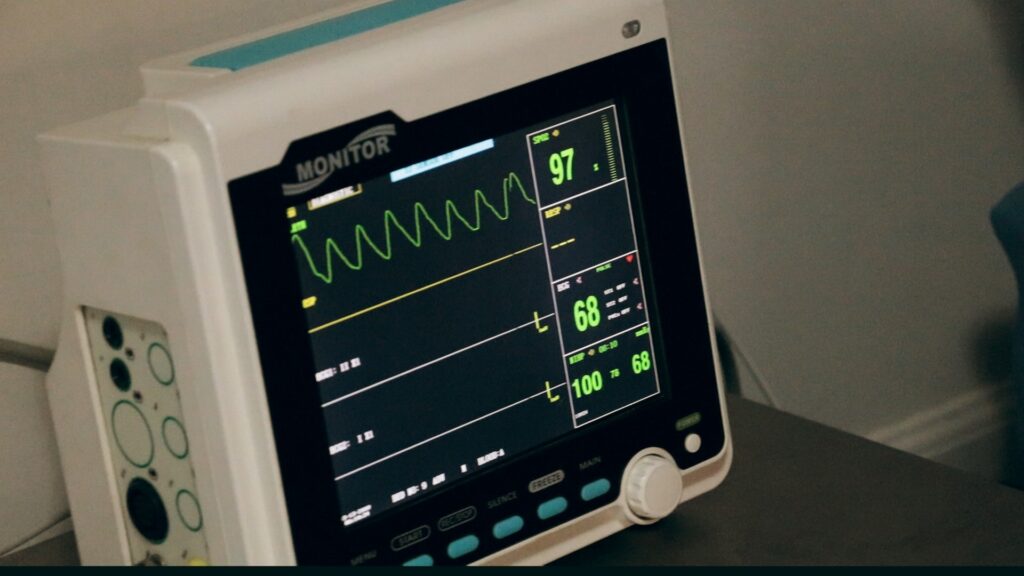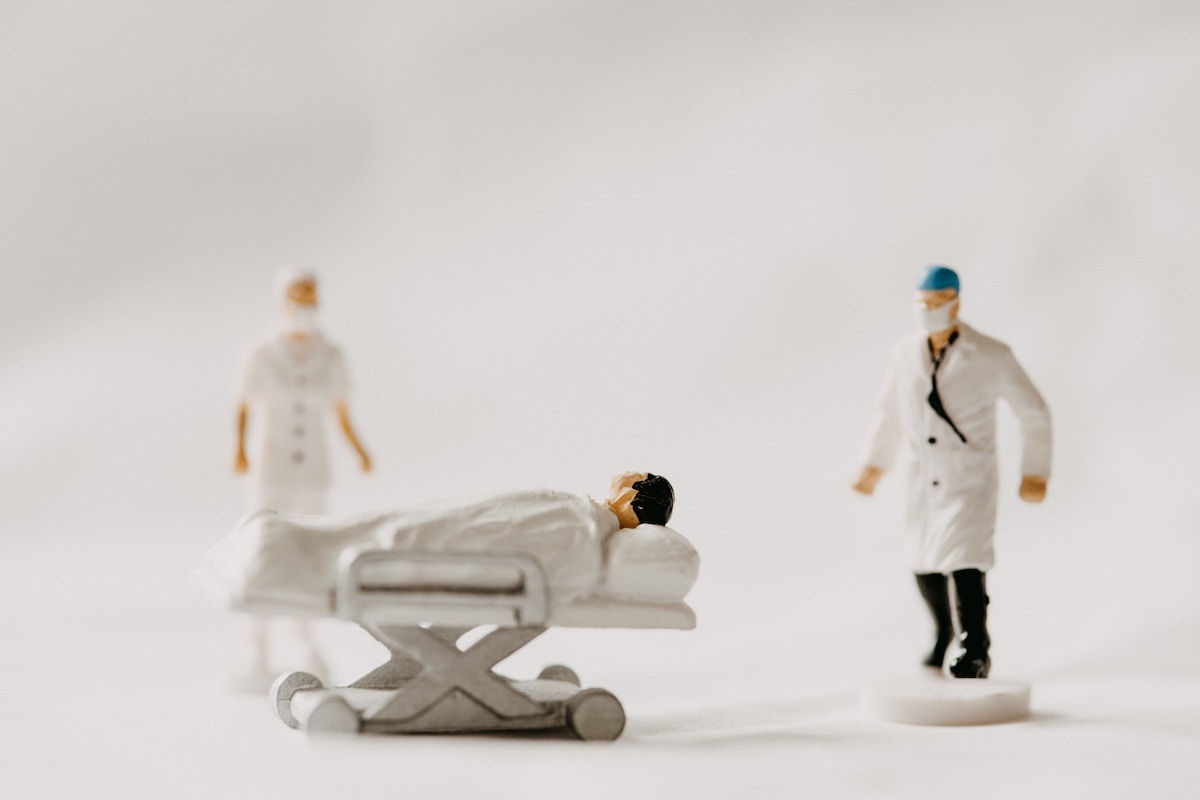Health care, in many Western countries, is a topic of constant change, discussion, and controversy with differing approaches to access, declining numbers of employees, and inadequate remuneration – however, the one thing that is ideally agreed upon is the aim for high quality care and a focus on helping the patients to get better. Serving those people in need of medical attention of any kind includes a number of different components intertwined with one another from emergency physicians and first responders to surgeons, therapists, nurses, hospitalists, and many more.
The multitude of opinions, variety of professional knowledge, and ever developing research done within the medical field can increase the possibility for patient recovery but also pose significant challenges. These challenges may arise from, among other things, a lack of interinstitutional and professional-to-patient communication, inadequate attention to the patient, for instance due to under-staffing and overworked personnel, or, sometimes resulting from the former, human error.
The World Health Organization (WHO) marks today as World Patient Safety day and raises awareness for the role that patients and their families as well as caregivers play for the mission of increasing overall safety within the medical field.
The Late Beginnings of Patient Safety
Patient safety is an often overlooked issue within the field of health care. It defines the reduction of preventable harm for patients in medical and health care and focuses, among many other things, on ways to improve professional-to-patient and professional-to-professional communication. With less holistic and more technical, somewhat reductive approaches to medicine, this question of patient and familial involvement in diagnosis and treatment and the reduction of preventable errors has often been put last.

It was only at the turn of the 20th century that an official report was published by the U.S. Institute of Medicine that evaluated the state of patient safety in the country. This report, published under the title “To Err is Human”, estimated about 44,000–98,000 preventable deaths in U.S. hospitals each year. This alarmingly high number was sure to alert the nation and provoke major changes within the world’s health care systems.
However, an independent follow-up report done in 2015 revealed that changes happened at a far less rapid pace than expected. The WHO reports that one in 10 patients experience harm in connection with the health care sector in higher-income countries. Over 50% of these instances are considered preventable which makes it the third leading cause of death in the United States. Given the technological and research-based developments made in the health sector over the last 20 years, this number highlights how important patient safety still is today.
Organizations devoted to patient safety have contributed to a significant extension of the field. While the initial report focuses solely on preventable deaths within hospitals, more points of contact for patients with medical professionals have now been included in the considerations of safety in the medical field. Additionally, “recent patient safety research revealed that defining and measuring ‘preventable harm’ extends beyond mortality, and should also include metrics such as morbidity, diagnostic errors, decreased quality of life, and loss of dignity.”
Patients and Personnel
World Patient Safety Day calls for the attention of leaders, practitioners, and patients alike. The focus lies on the reduction of medical errors and preventable harm within the health care sector. For this colossal job, however, everyone needs to contribute to better communication.

There are many things that can aid in the long-term reduction of human error. Medical professionals should seek to inform and involve patients and caregivers at every step of the way. Listening to the patient’s needs without preconceived bias or prejudices is crucial in order to make effective medical decisions. Lastly, both technological involvement after proper training as well as communication with other health care professionals can reduce the frequency of mistakes made along the way.
In addition to the commitment to patient safety that medical professionals have to take responsibility for, patients can also contribute to a safe medical environment by demanding involvement in decision making, giving feedback, seeking second opinions, and speaking out about their experiences. That way, one’s own chances of survival as well as that of others may increase when awareness is raised.
One care worker who has seen both sides of patient safety is occupational physician and patient safety advocate Dr. Carol Gunn. After a period of re-education, Gunn actively practiced within the medical field but only became more involved with patient care after experiencing a tragic case of preventable death within her family.
Her older sister began having ongoing chest pains after a bone marrow transplant. Physicians and hospital workers put off her pain until nearly two weeks into her hospital stay when a cardiologist discovered that she had a heart attack which she eventually succumbed to. Later, it was discovered that she suffered not a singular heart attack but ongoing waves for a while.
In her own work, Gunn now relies on patient’s feedback as well as effective communication between all levels within the medical sector. She speaks to health care workers in leadership and practicing positions as well as to patients.
Gender Bias as a Safety Hazard
Misdiagnosis or lack of treatment can have many reasons. A crucial and fairly common threat to patient safety, however, is gender bias (regarding the gender assigned at birth). A bias based on one’s gender, especially in disfavor of women or female-presenting persons, is demonstrably present in a plethora of different professional and seemingly neutral environments. In health care, gender bias can affect both patients and health care workers in different ways.
A study, conducted in 2018, found a strong gender bias in the surveyed group of health care professionals. Men who experienced chronic pain as a symptom of their condition were characterized by both male and female physicians and dentists as “brave” or “stoic,” while women with similar symptoms were defined as “emotional” or “hysterical”. This creates expectations for males to meet as well as discreditation of female’s experiences. Additionally, women’s physical symptoms were more frequently assigned to mental health and believed to be an exaggeration.
Notably, one of the most common errors that occur in health care due to gender bias are misdiagnoses and undertreatment for women with cardiovascular conditions. At the same time, they are one of the most fatal conditions when left untreated.

Statistically, women that experience heart attacks may delay seeking medical attention due to inaccurate beliefs about the issue being more frequent in men, which can lead women to a wait up to 7 hours before contacting medical professionals. This is around double the amount of time that men usually take to seek help with the same issues.
Additionally, misdiagnosis can happen due to unadjusted and unspecific thresholds not considering medical information based on gender. Non- or under-treatment can also lead to long-term health problems. In that, patient safety is a crucial component in overall health care safety and requires action from practicing medical professionals.
However, gender bias is not solely an issue with patients. For medical professionals, gender bias may include mistreatment or discreditation at the workplace. While these inter-institutional issues might appear unrelated to patient safety at first, they crucially disrupt communication and helpful input within health care facilities. Feedback by colleagues not rarely proves vital to prevent harm caused by misdiagnosis, inadequate medication, or undertreatment. Similarly, checkback with patients can be an effective way to review diagnosis and treatment decisions to avoid future medical mistakes.
In regard to patient safety, change is in order. With a continuing bias, a neglect in medical data acquisition, and medical error continually being one of the leading causes of death all over the world, World Patient Safety Day calls for action from everyone. Taking responsibility, no matter which role we play within the medical system, being more empathetic, and advocating for ourselves and our loved ones, the risk of human error can be reduced further and further until human error becomes the exception instead of the norm.
Dr. Gunn discusses the impact of medical errors and her own experiences with it as a physician in her TED talk at TEDxFargo. Watch here to learn more:
Edited by İpek Yilmaz. Proofread by Julia Zmölnig.
Header image by Annie Spratt on Unsplash





